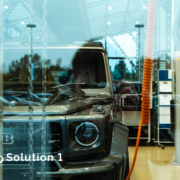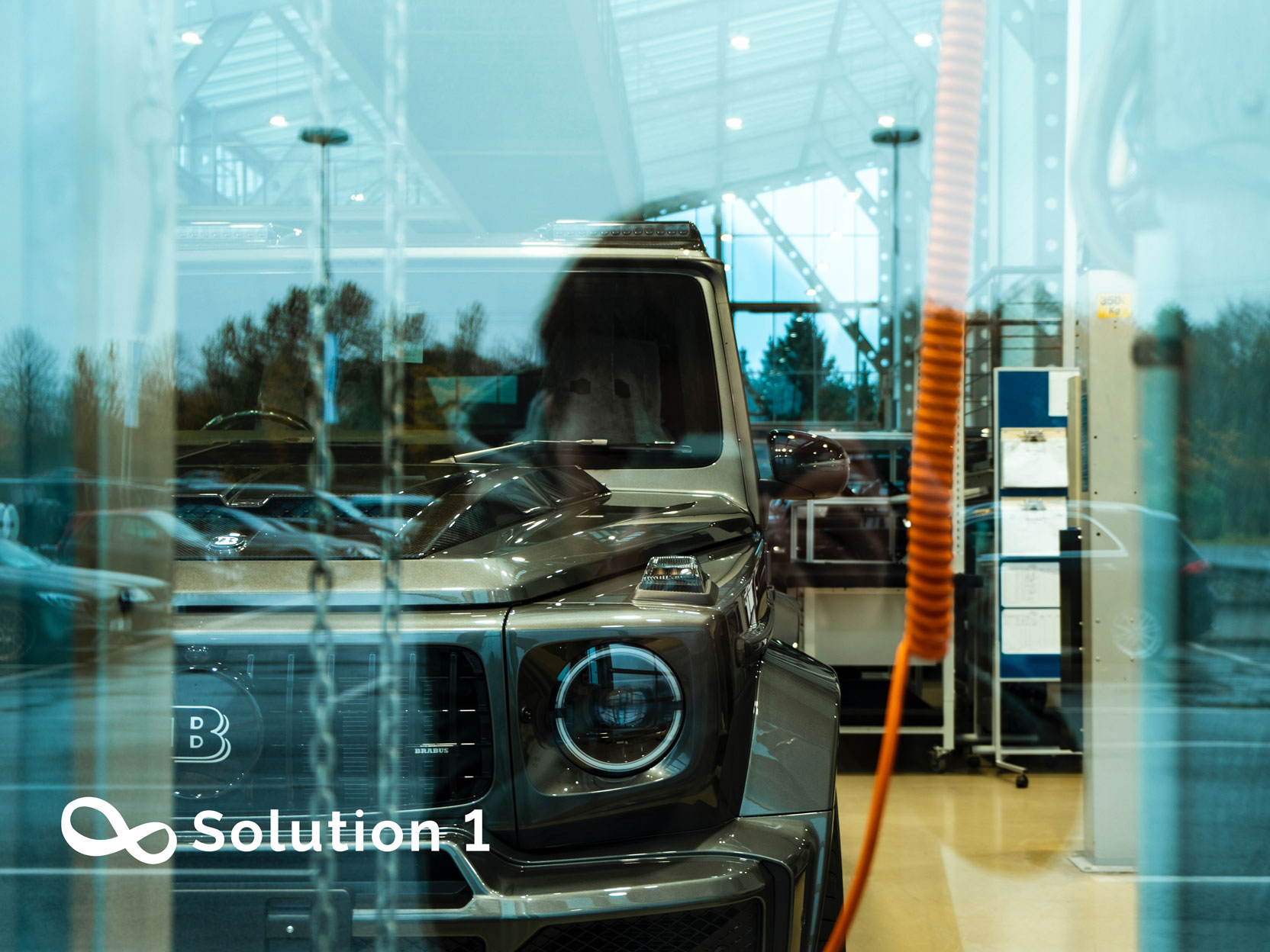Strategies for Automakers: Adapting to Changing Consumer Demands in the Mobility Age.
For over a century, the automotive industry has been product-oriented, dominated by a relatively small number of automakers manufacturing vehicles and selling them to consumers through a network of dealerships. The dominance of the automobile as a transportation mode through the 20th century has led to the build-up of large on-road vehicle fleets globally, with some developed countries such as the United States having more than one vehicle per licensed driver today. Due to OEM’s strong market position, the bargaining power of suppliers has always been relatively low, and the car manufacturers dictated prices.
The evolving technology and changing customer demands are both forcing and enabling OEMs to think beyond product innovation and use servitization as a strategic option to stay relevant in customers’ lives as well as competitive in the market. Nevertheless, traditional after-sales services focusing on the reliability and availability of the products still represent a major revenue source for the manufacturers, particularly their dealers.
Historically, they have grown out of product-focused business-expanding value creation through ongoing product innovations. Over time, car manufacturers have added product-oriented after-sales services to increase customer value and generate further revenue after purchase. These also enable the manufacturers to stay closer to the customers over the product lifecycle. These kinds of services represent a significant revenue source and need to be expanded to obtain product value.
“According to the Deloitte Global Automotive Mobility Market Simulation Tool, profit contribution of life services to mobility providers is projected to increase from 12% to 25% in EUROPE and from 10% to 22% in the United States between 2022 and 2035.”
Shared mobility is widely expected to play an important role in the future of transportation. Sharing vehicles (using services such as ride-hailing, peer-to-peer car-sharing, and autonomous taxis) will allow people to enjoy the benefits of automobile use without ownership, access various types of mobility services on-demand, and create value by increasing the utilization of these expensive and durable assets.
Car2go, a subsidiary of Daimler AG, launched the world’s first free-floating car-sharing system in Ulm, Germany, in 2009. Nevertheless, the main business of automotive companies worldwide remains vehicle sales – a business model that is increasingly outdated and obsolete.
Cities around the world face many problems associated with the use of private cars, including traffic jams, a lack of parking spaces, as well as noise and air pollution caused by combustion engines, which threatens the health and well-being of their citizens. Simultaneously, studies indicate that the use of mobility services such as car-sharing, and ride-sharing, has increased in many urban areas. The spread of information technology has contributed to this development by making it easier and more convenient to use mobility services.
Most analysts agree that widespread adoption of shared mobility would cause the size of the on-road automobile fleet to shrink, potentially dramatically, because the same amount of personal mobility can be provided by fewer vehicles. There is less agreement, however, on the effect higher utilization will have on the rate of new vehicle sales: some believe that vehicle sales will fall similarly, while others believe there will be no change in sales, or even an increase in sales as fleets of shared vehicles turn over more frequently.
We show across a range of plausible scenarios that vehicle sales are likely to remain steady or increase in the coming decades. However, the potential exists for a temporary surge or dip in sales as the composition of new vehicle sales transitions, requiring effective mental models if managers are to make efficient production and capacity planning decisions during this time.





